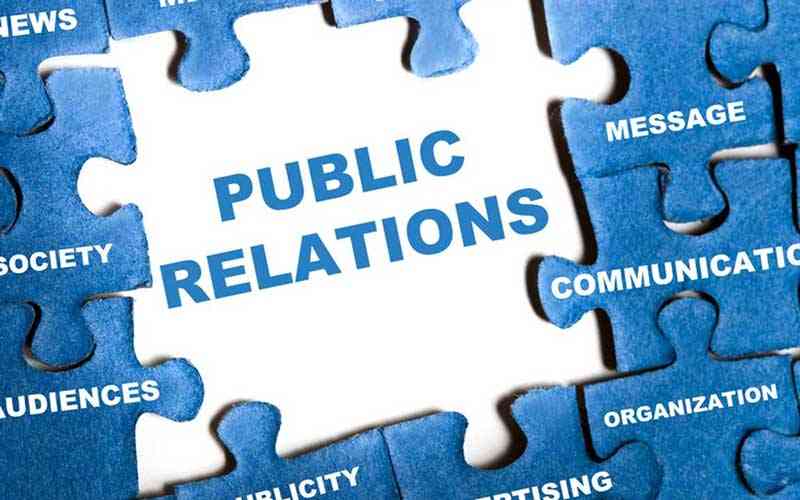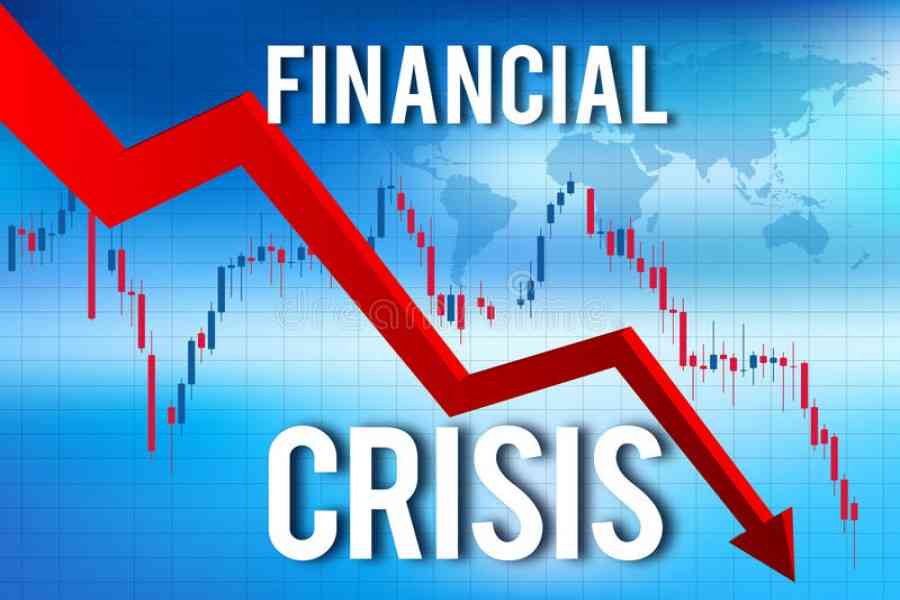
Let’s discuss an age-old question.
The difference between marketing, communications and public relations
The truth is, all marketing communication professionals will define these functions differently depending on their own experience.
I’ve been in the fortunate position where I’ve been able to work in both a marketing and communications department.
So here are a few observations from my own perspective:
- The convergence between marketing and communications.
First, we need to acknowledge that there is a point of convergence between these two professions.
Prior to the 2000s there was a clear difference between these two functions. Marketing may have been more focused on the four Ps of marketing (product, price, place, and promotion) while communications would have been left to press releases and reputation management. But two things have changed since then.
One, companies started integrating marketing and communications departments because of their increased focus on shared business objectives.
- Public relations: Why data analytics will save the PR profession
- Madzibaba thrills at IPRCZ awards
- Public relations: Why data analytics will save the PR profession
- Madzibaba thrills at IPRCZ awards
Keep Reading
And two, because of this increased focus on shared business objectives, a set of shared skills has been developed, and this is evident in the advent of social media use in both communications and marketing departments.
- I’ve heard it said that communications and PR are part of a marketer’s toolkit, and that marketing is part of a communicator’s toolkit. I’m not afraid to embrace the reality that these are perhaps both true.
It’s becoming more and more common for communicators to reach into the traditional marketer’s toolkit and use media buying strategies to reach their audiences with the stories they want to tell.
And in turn, it’s not uncommon for marketers to reach into the traditional communicators toolkit and use earned media strategies to promote brands and products - especially if the product has an excellent story behind it.
- Marketers and communicators share objectives, but emphasize different approaches. I would suggest that marketers and communicators used to have a very different set of objectives.
Marketing was seen as the primary driver to get people to purchase a specific product; but as the communications function has grown and started to shift away from pumping out news releases and into a more strategic function of an organisation, these two areas are beginning to share objectives.
They just tend to lean on different tactics. I see marketers favouring paid media options first, and communicators tending to favour earned media options before moving to paid.
- What we’ve known as traditional public relations has evolved into the broader, modern day communications function.
The joining of these two functions represents the union of corporate messaging with a focus on relationship building with the public.
For myself and my business partner, we view public relations as an approach for managing the communications function. In our work, we follow the two-way symmetrical model of communication.
This method places a focus on how relationships are negotiated between an organization and the people they serve — whether they are internal or external audiences.
The public relations practitioner acts as a liaison between these two — communicating information from leadership out to target audiences, and then receiving information back through public opinion, media sentiment analysis, and other methodologies.
This information is in turn communicated back up to leadership to inform the direction of the organization in such a way that is mutually beneficial for both parties.
To wrap this up before it gets too long-winded (written like a true communicator), I see marketers as people who generate demand for a product, while communicators develop and manage a compelling brand voice, brand image, which is backed by policy/compliance and procedure.
Both functions share common objectives but are ultimately part of a person’s journey in embracing the product, and subsequently the brand.
Now, this is just my personal opinion based on what I’ve experienced. What’s your take?
info@iprc.co.zw










